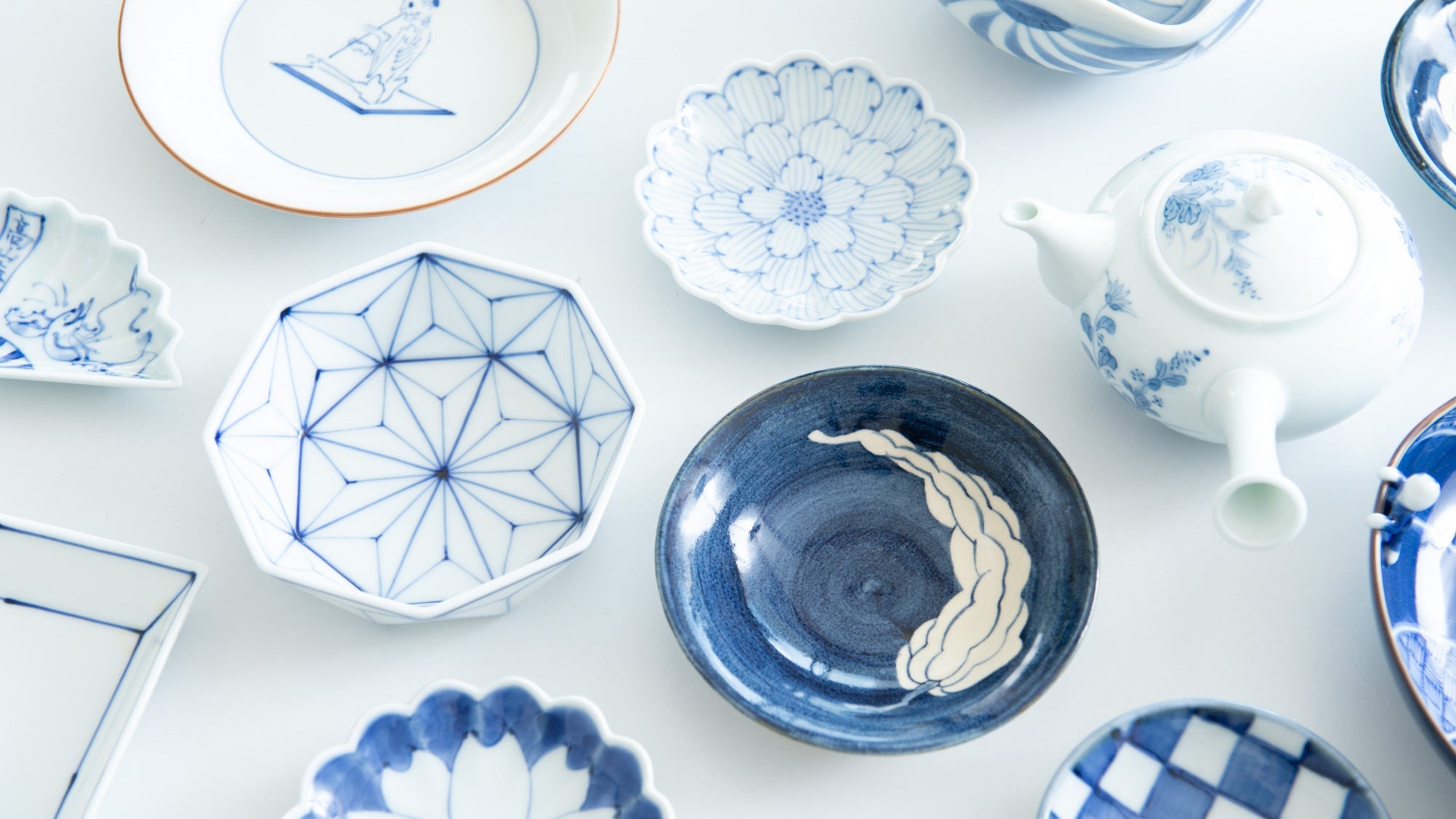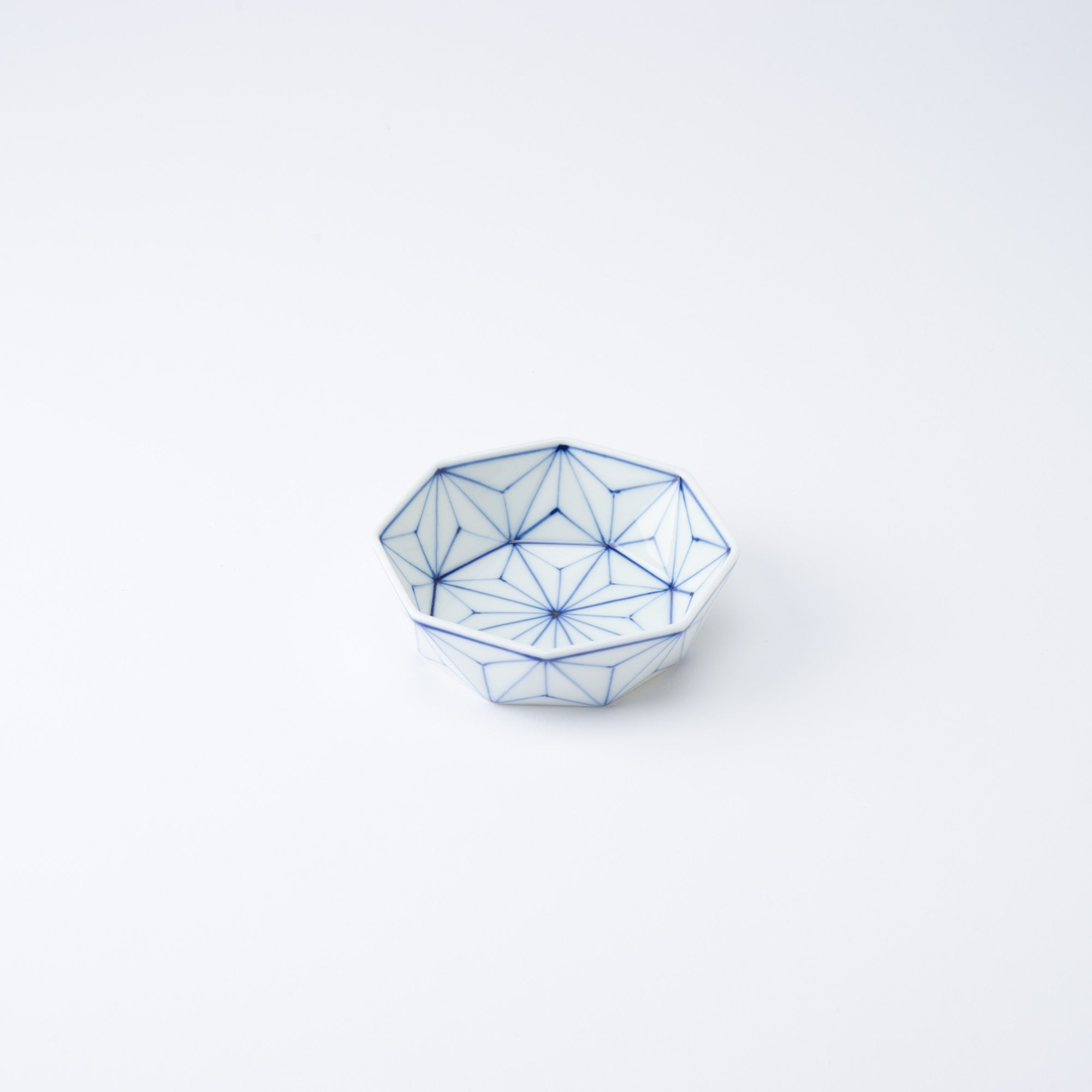
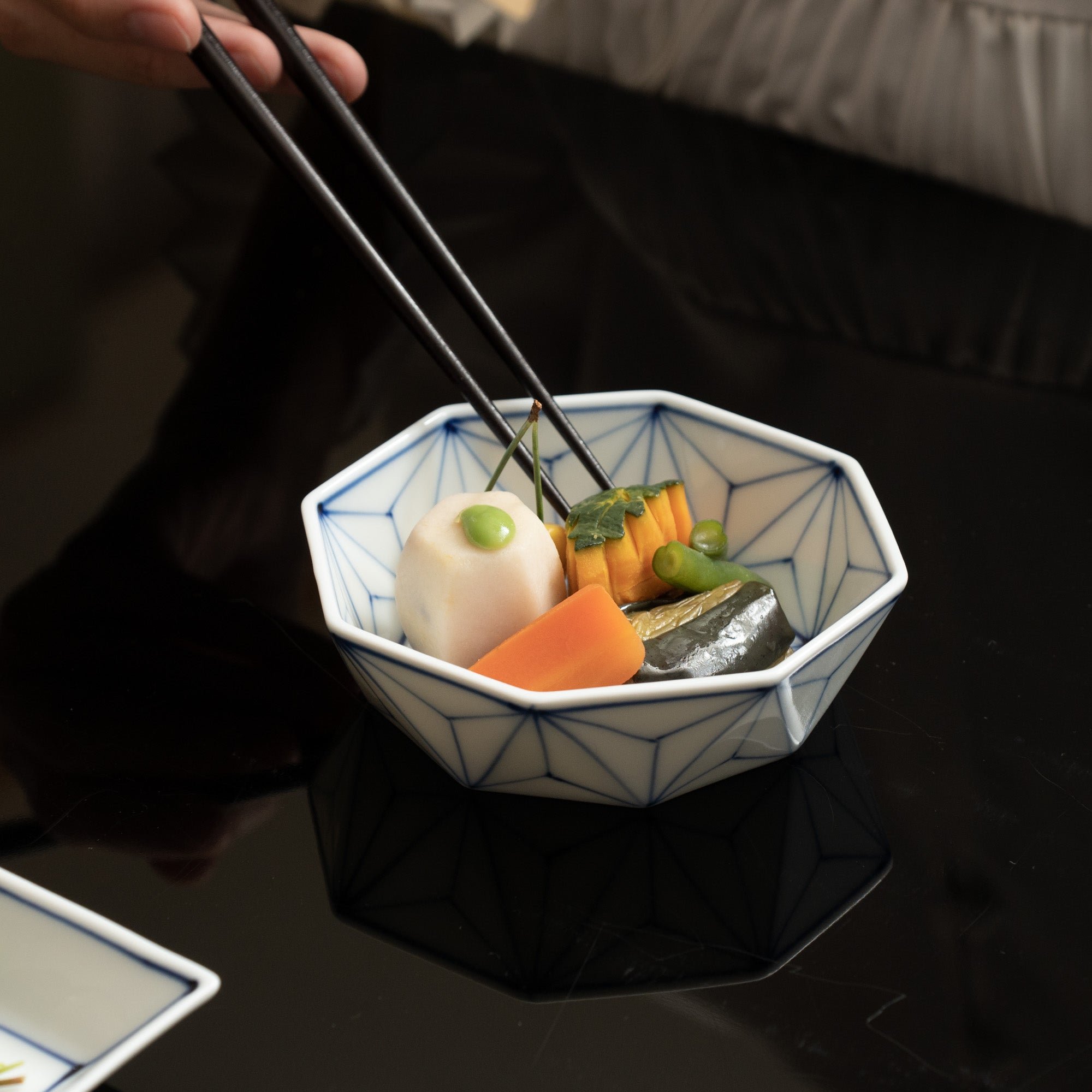
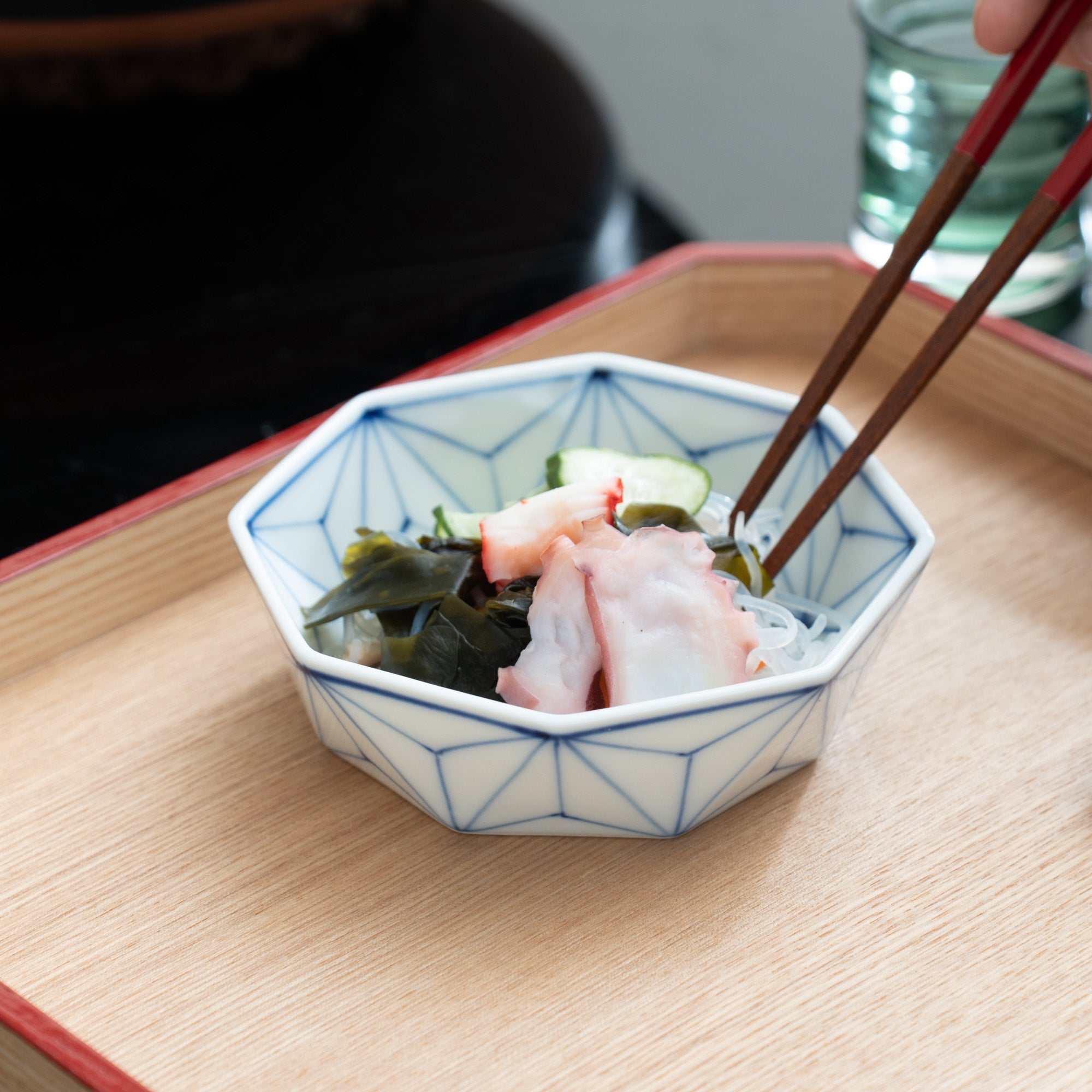
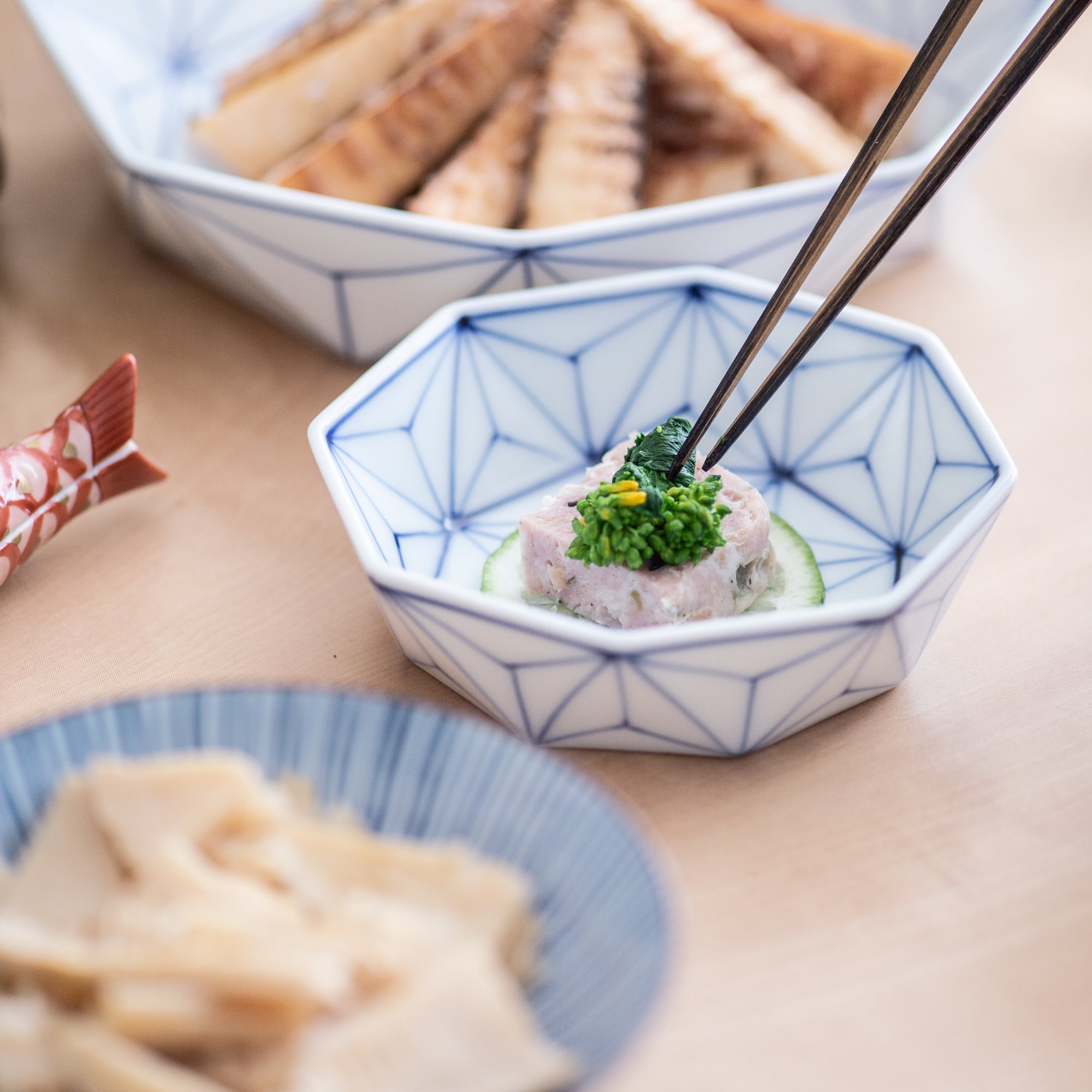
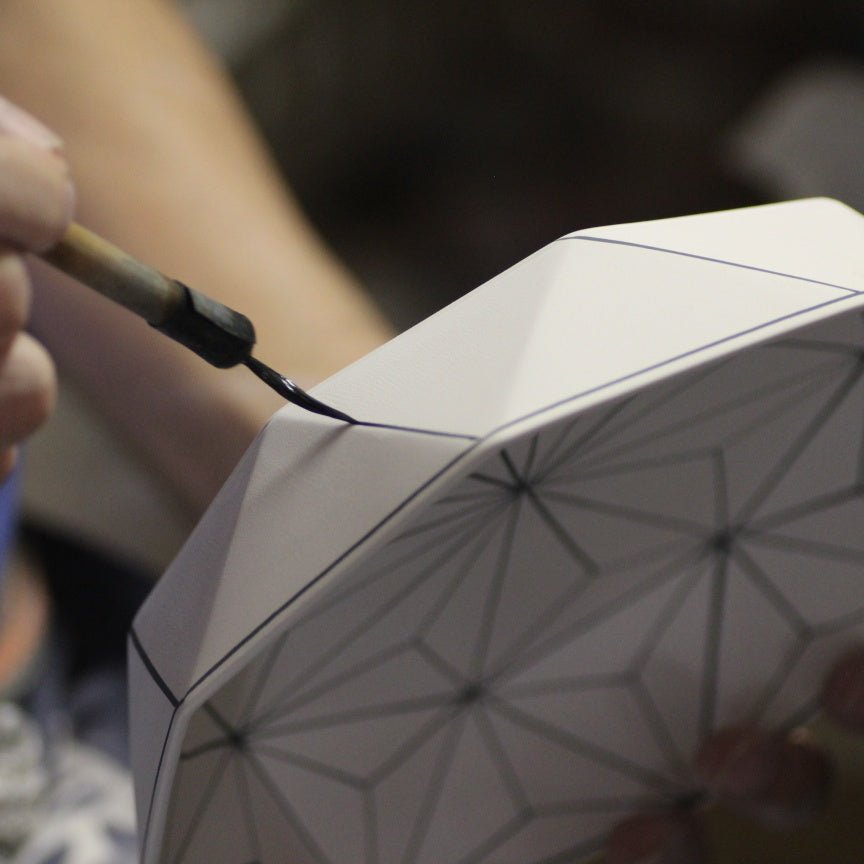
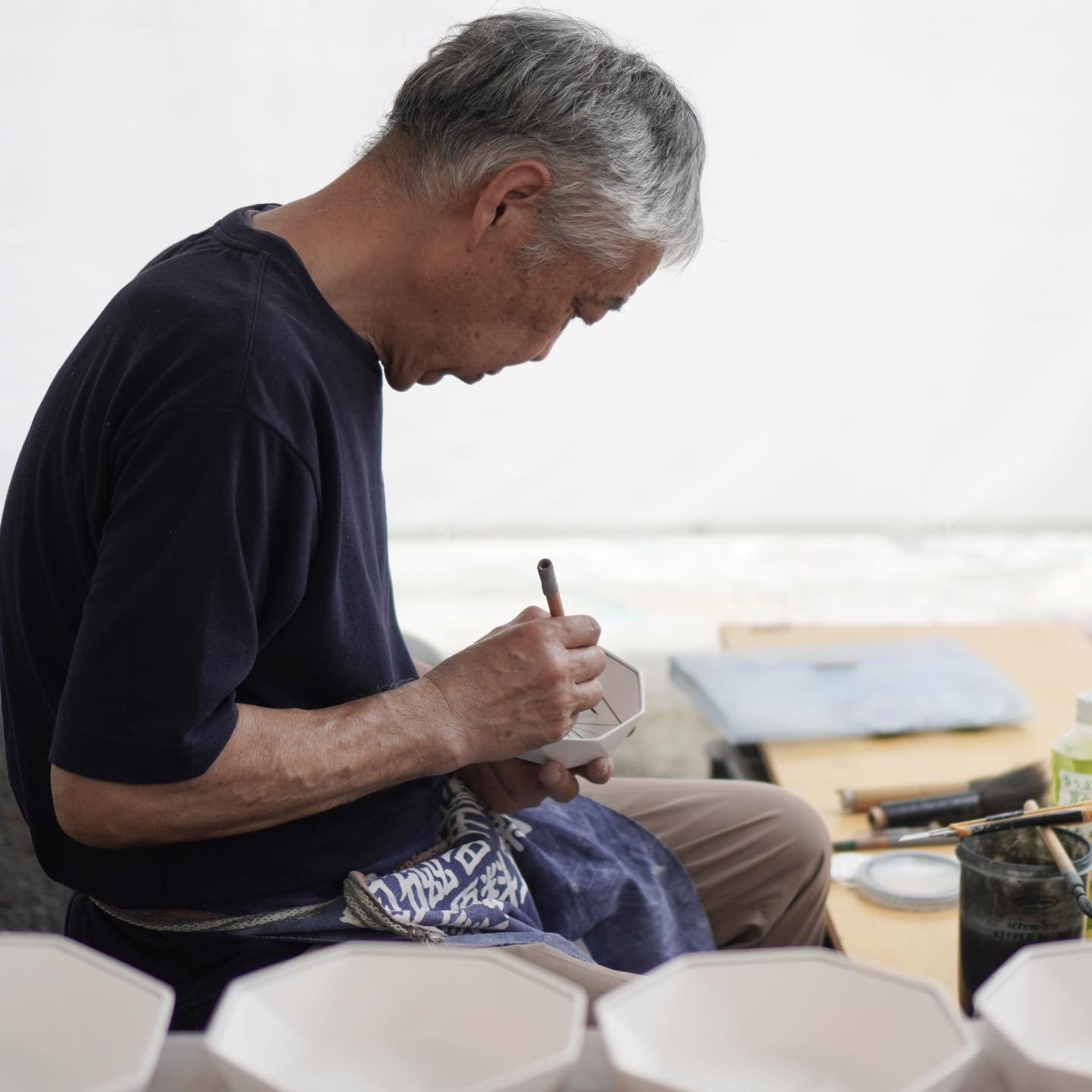
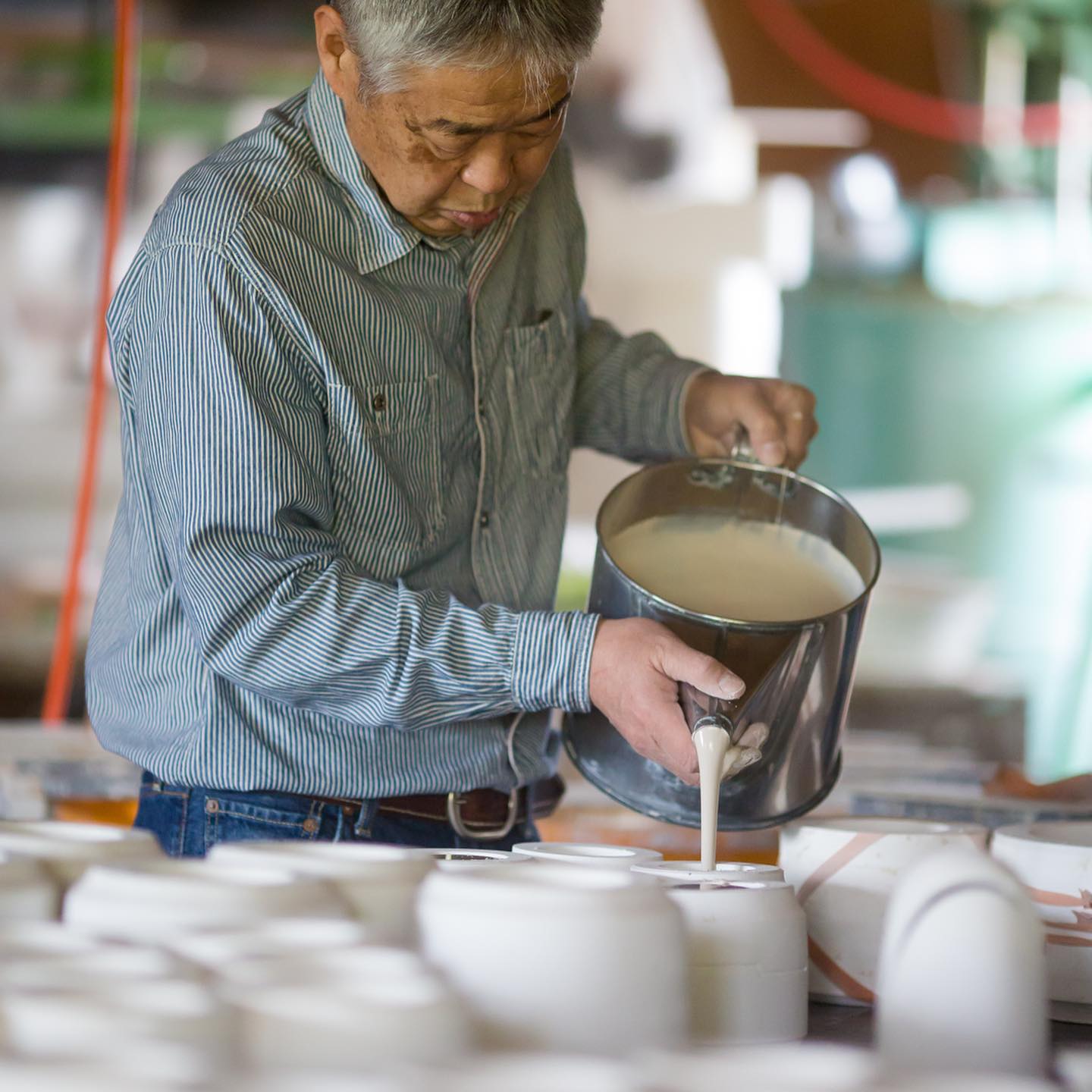
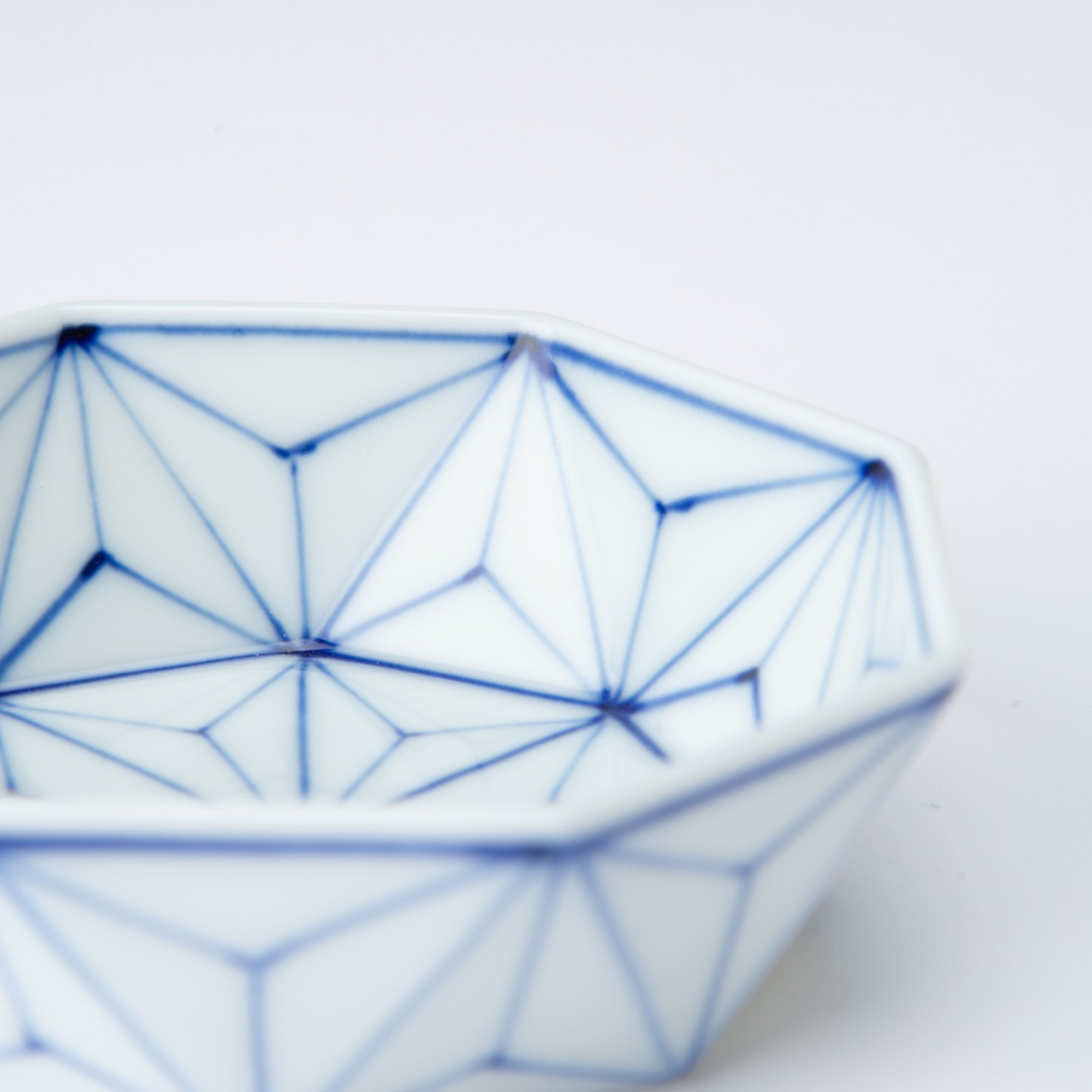
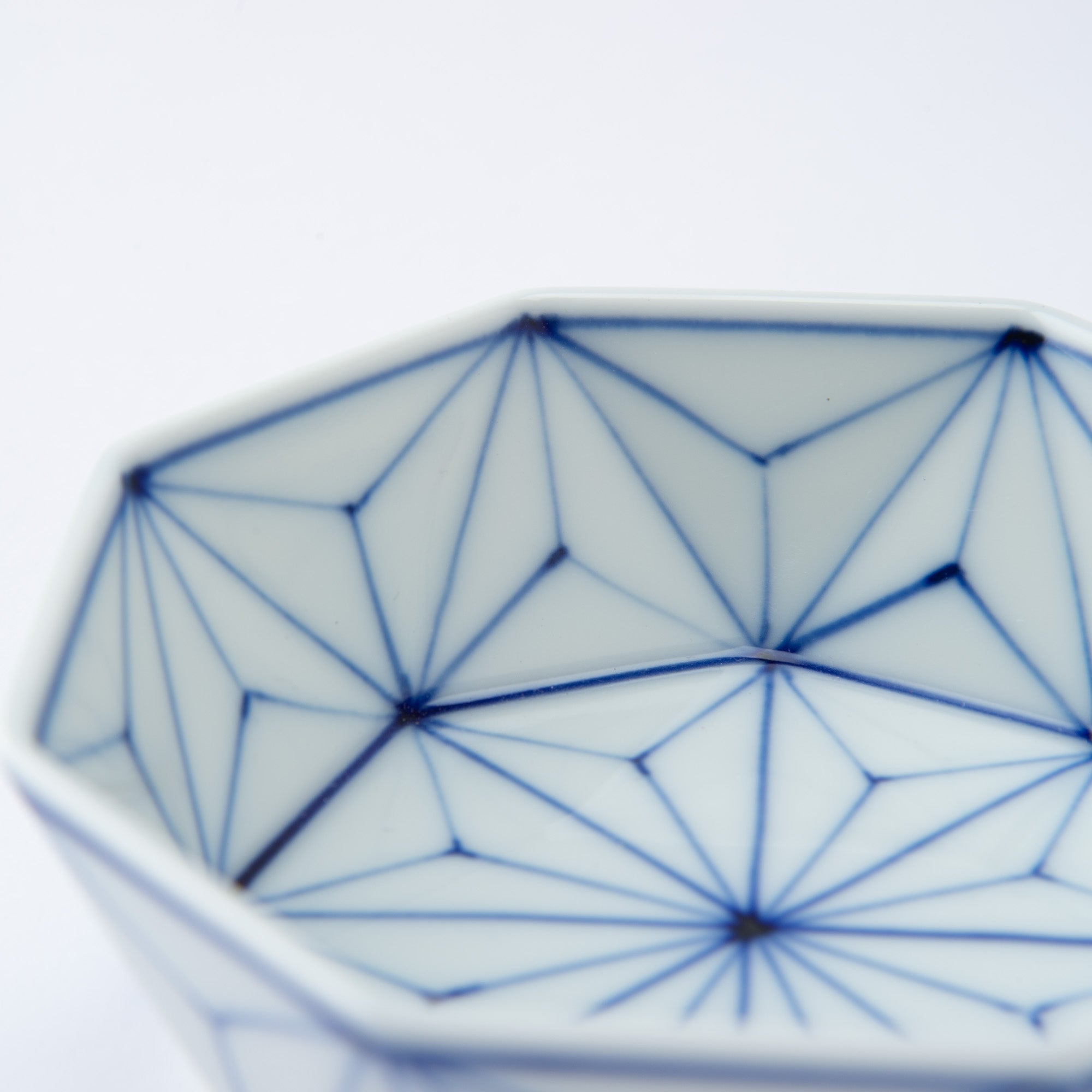
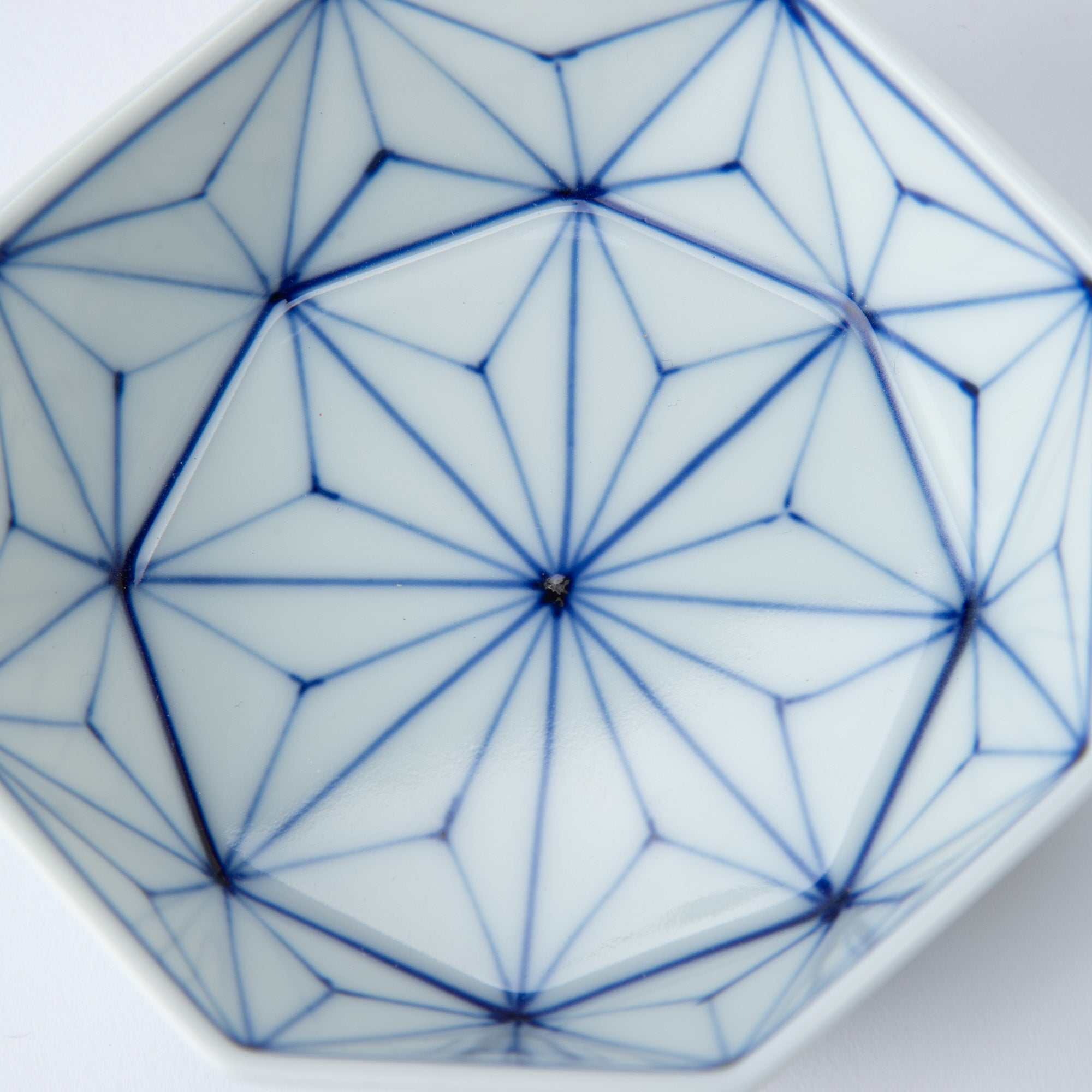
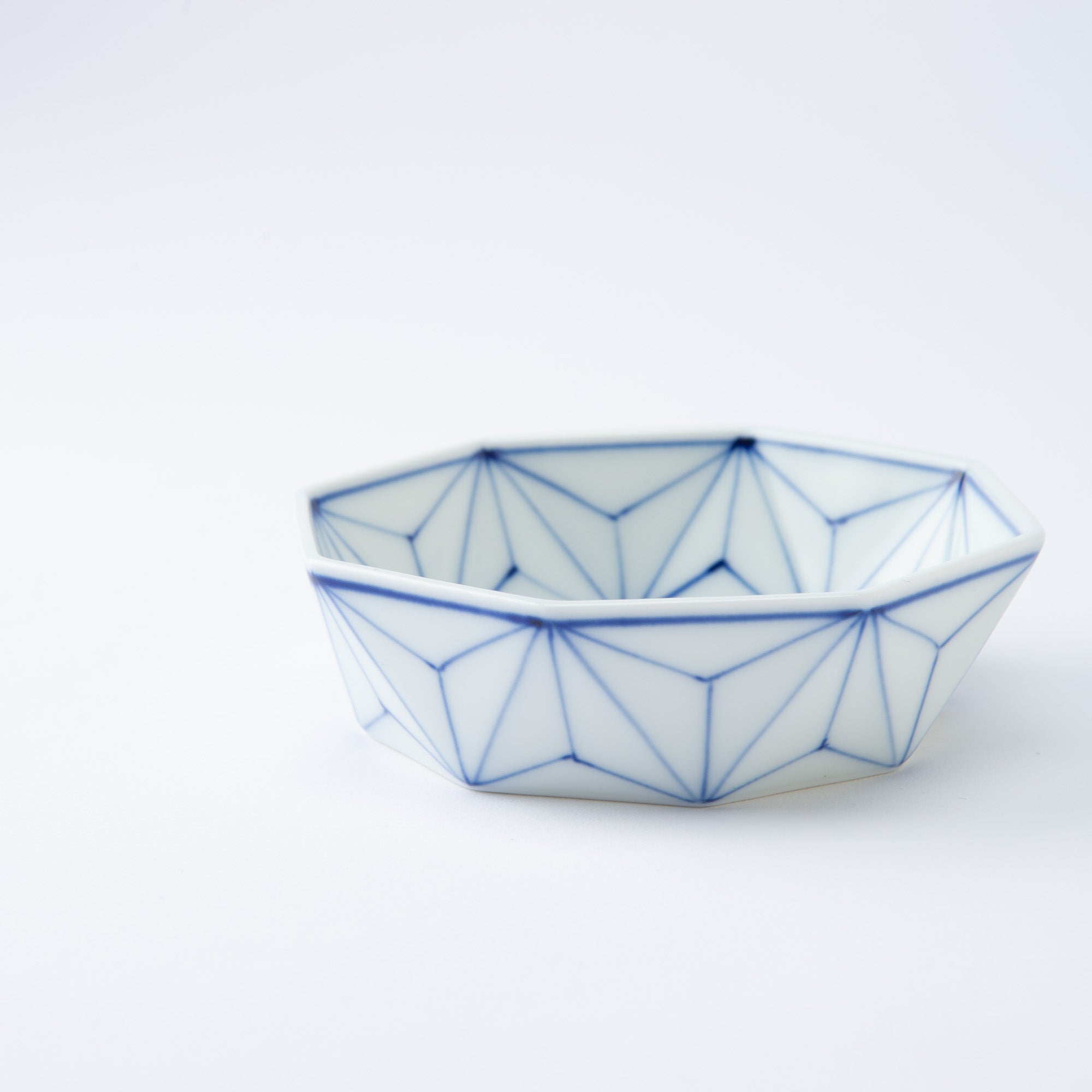
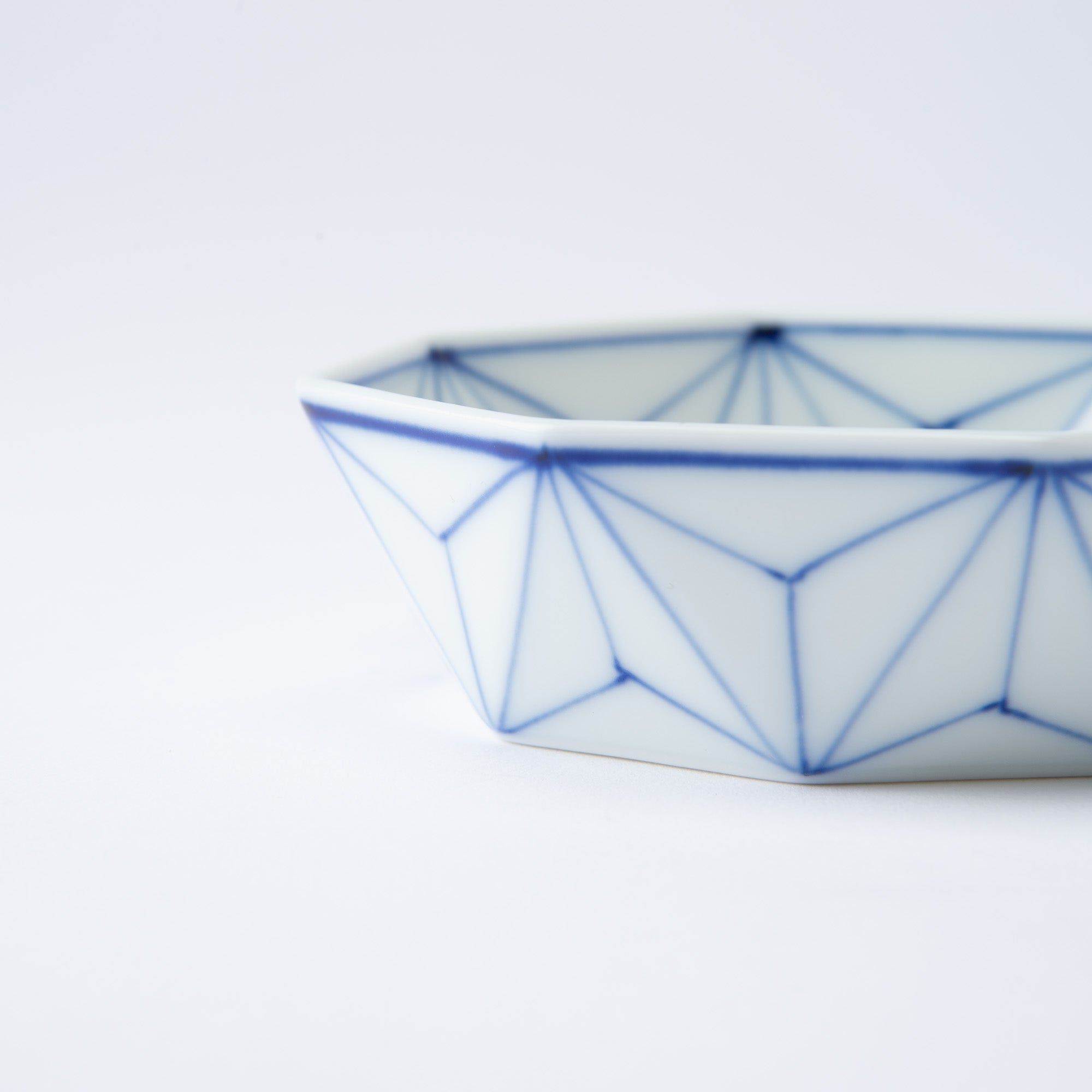
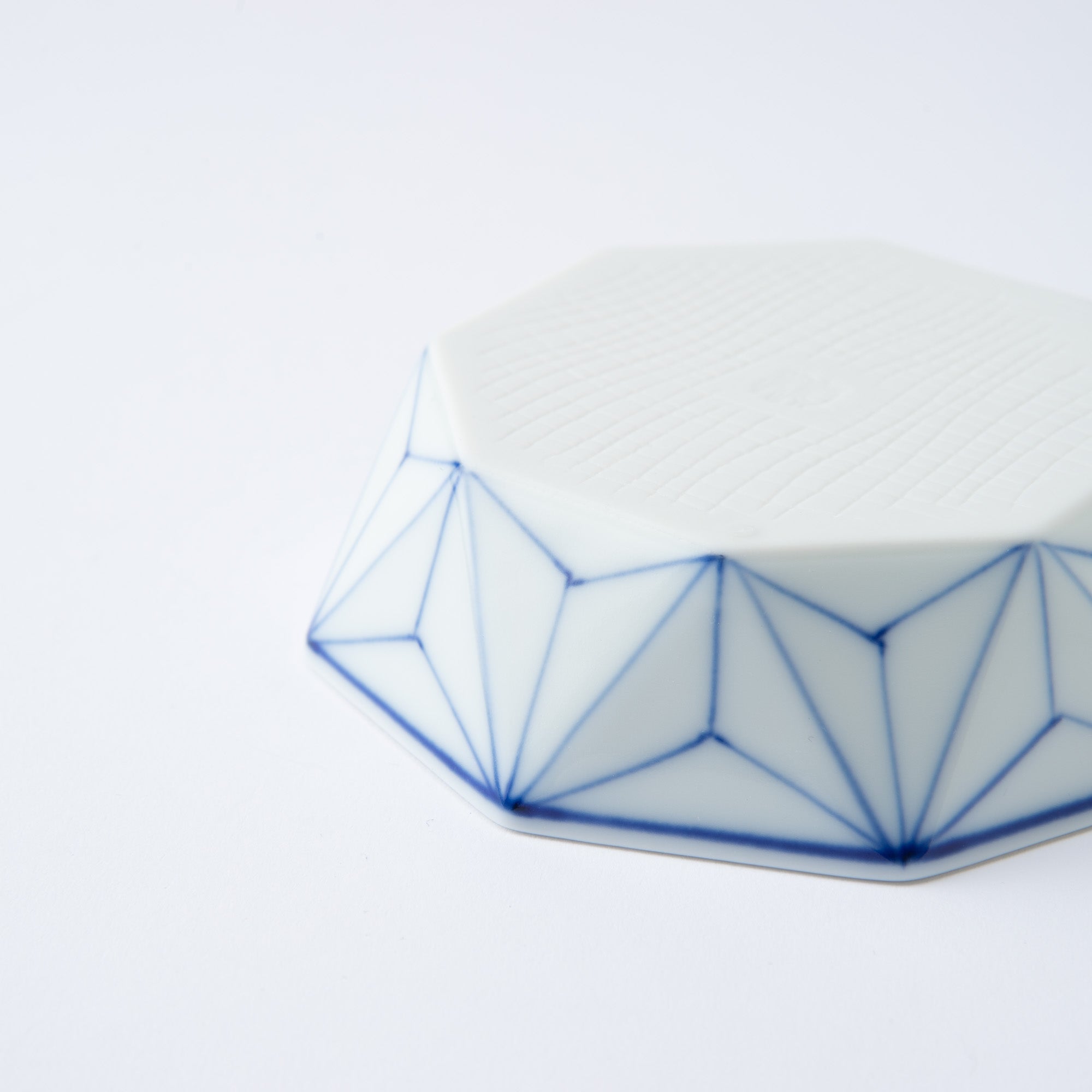
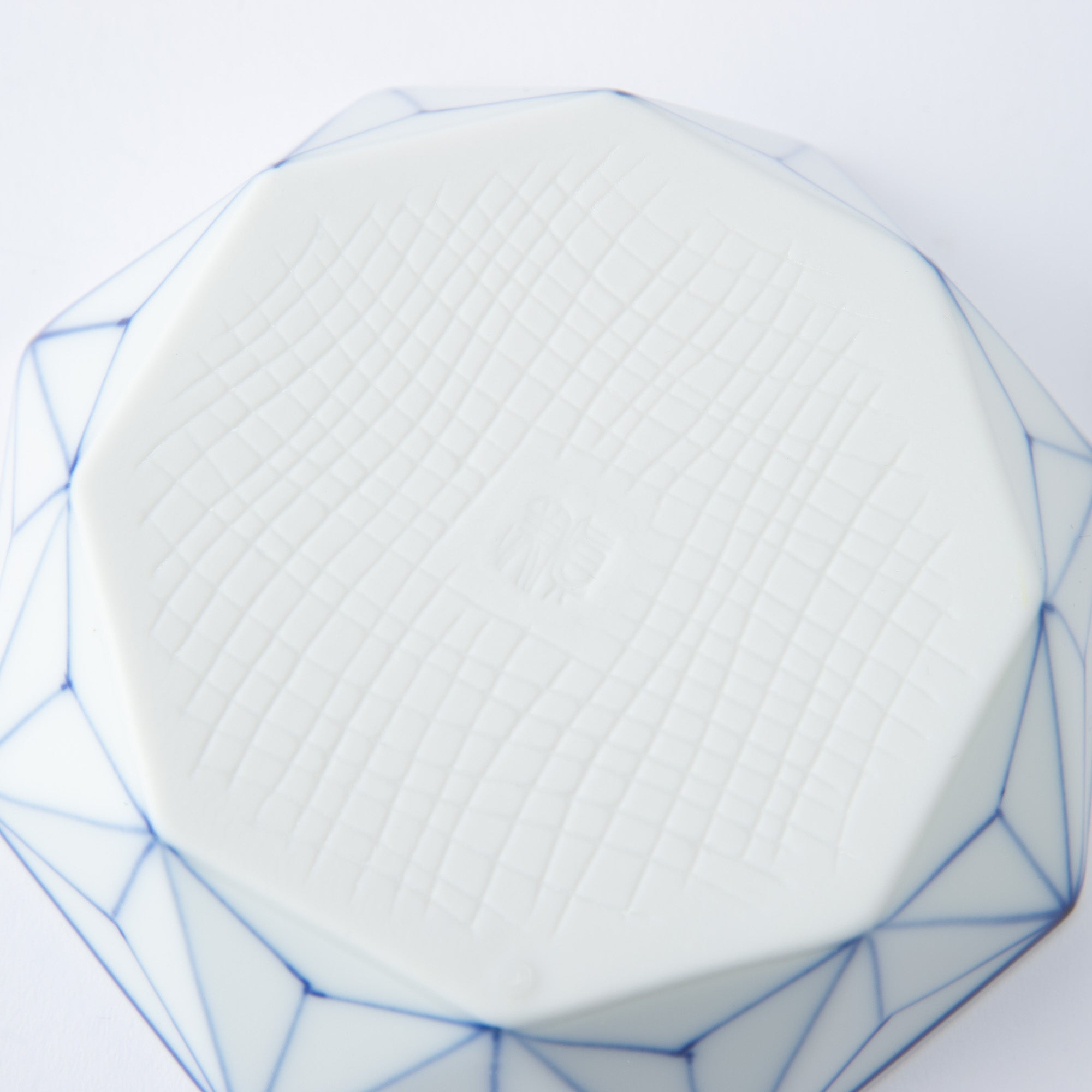
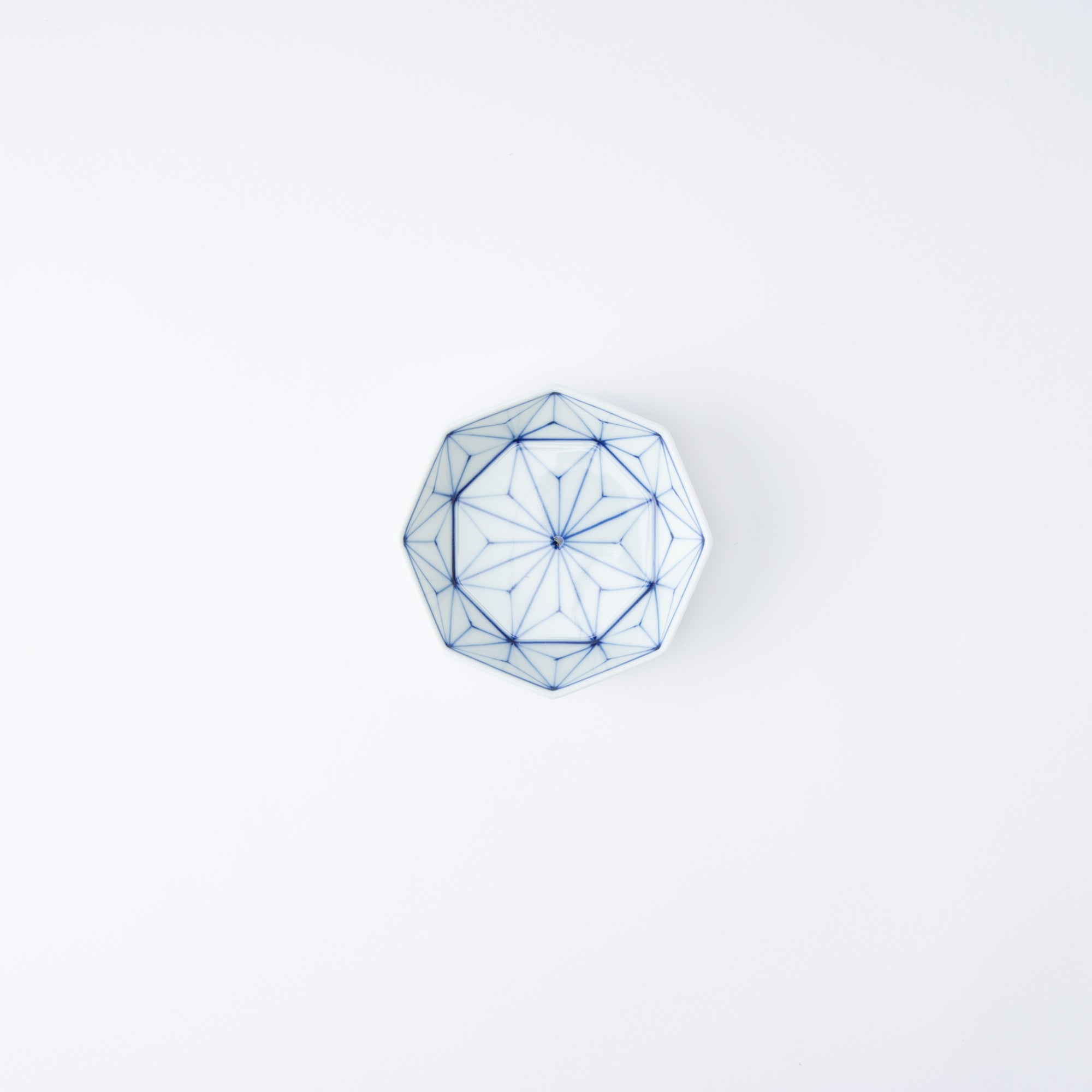
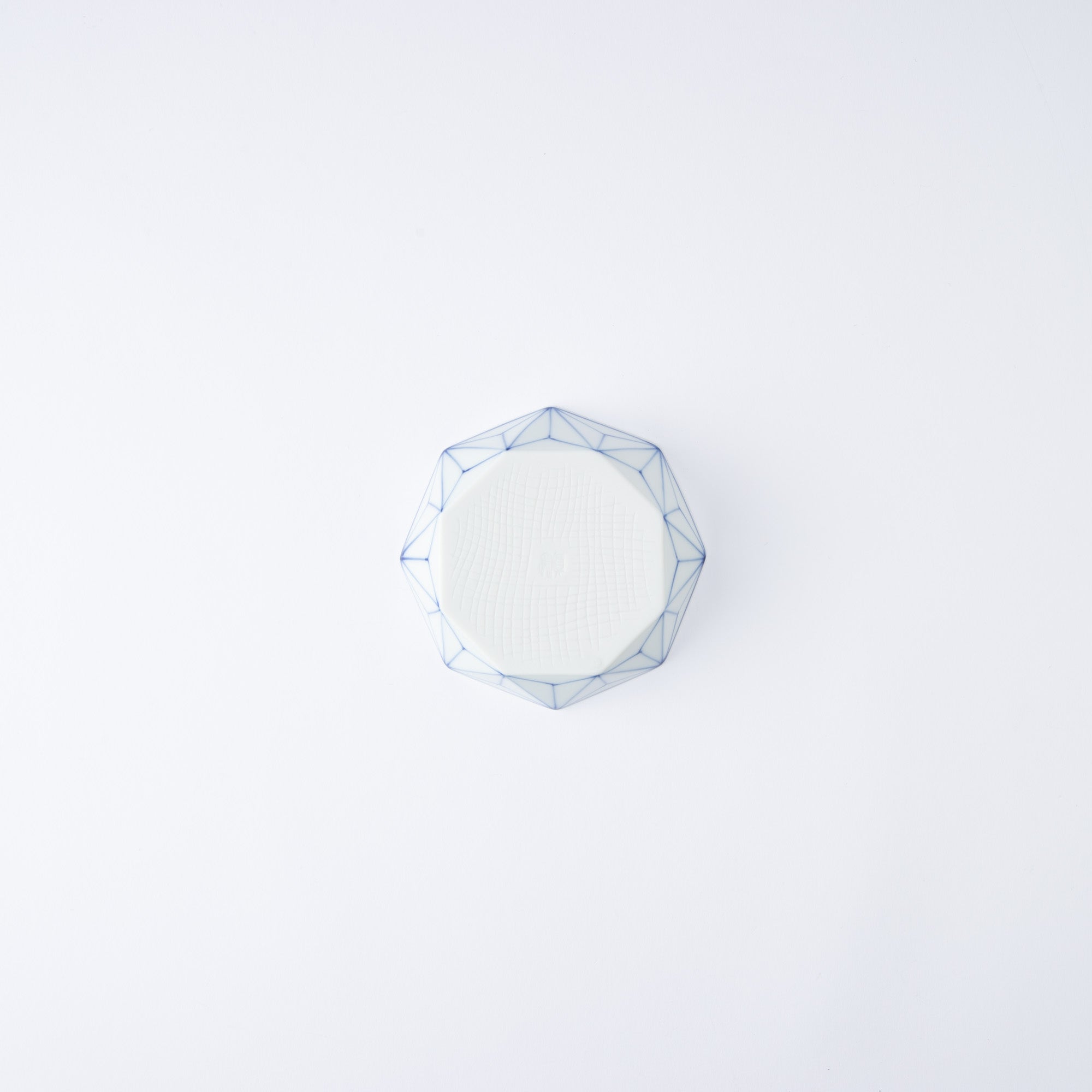
Blue Line Hemp Leaf Kobachi Small Bowl
Estimated Shipping Widget will be displayed here!
This blue and white kobachi small bowl features the traditional Japanese hemp leaf pattern. The hemp leaf is considered as a symbol of good luck meant to ward off evil and is commonly used on kimono and tableware.
Employing the underglaze style of sometsuke (underglaze cobalt blue), each piece is meticulously crafted, embodying the essence of Seto Sometsuke ware.
Since the painting is done by hand, no two pieces are exactly alike. Each stroke varies in thickness, neither too straight nor too rigid, exuding a gentle softness.
Its size is ideal for presenting salads, fruits, and side dishes. The depth of the bowl makes it versatile for serving dishes with broth or even ice cream. It's a piece that can be utilized regardless of the season.
DETAILS
| Quantity | 1 |
| Size | D 11 cm (4.3 in) x H 3.5 cm (1.3 in) |
| Material | Porcelain |
| Microwave | Yes |
| Dishwasher | No |
Maker / Brand
Founded in 1919, SINGAMA is a family-run pottery studio in Shinano, a small town nestled in the northeastern hills of Seto City, Aichi Prefecture. Using high-quality local clay, the studio specializes in Seto sometsuke—white porcelain adorned with soft, indigo blue designs. Each piece is hand-painted and crafted to express comfort, with gentle forms and warmth that feel at home on the everyday table.
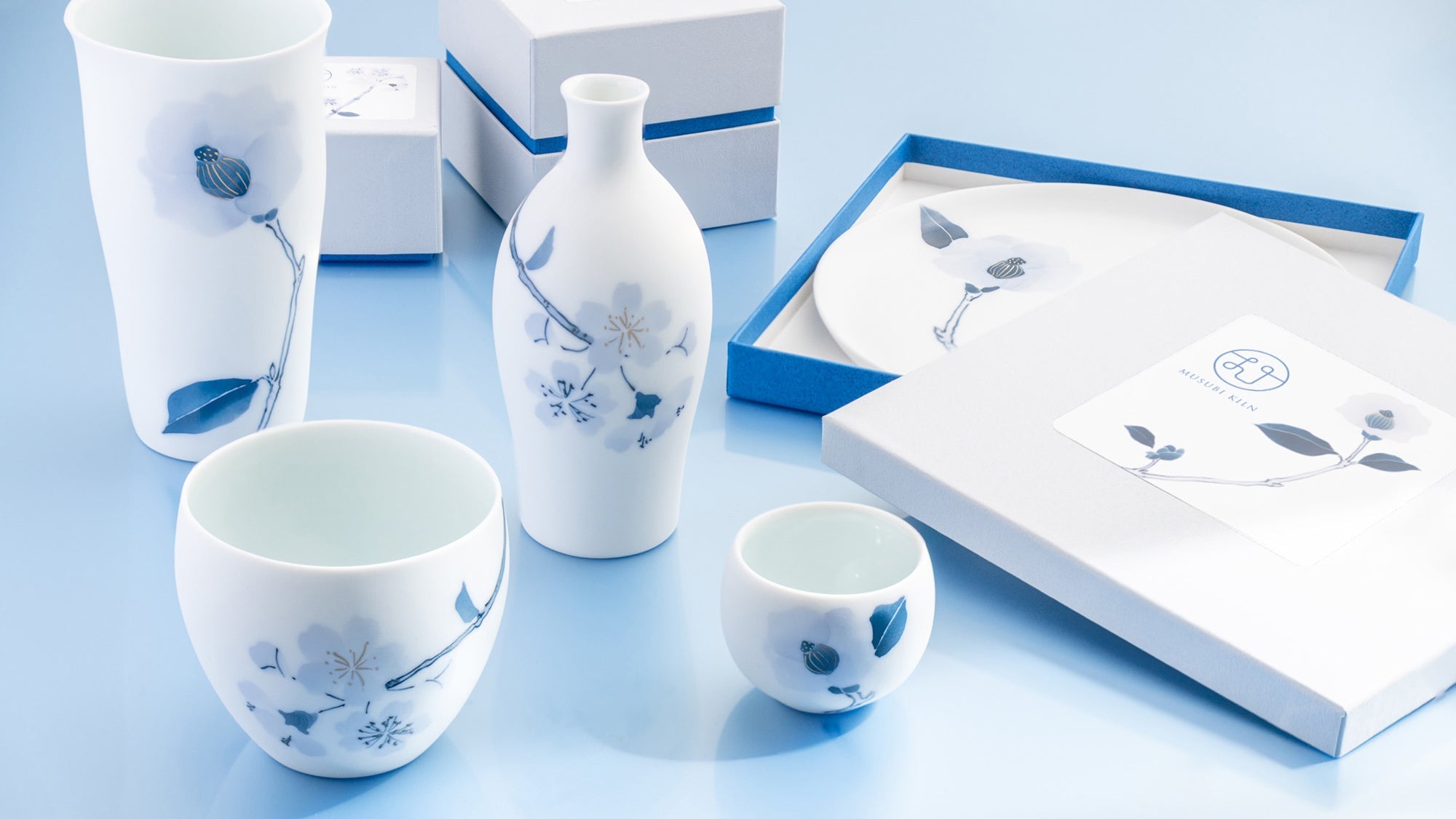
Crafts
Made in and around Seto City in Aichi Prefecture, Seto ware encompasses a wide range of ceramics that reflect centuries of craftsmanship and innovation. As one of Japan’s Six Ancient Kilns (Rokkoyo), the Seto region holds a distinguished place in the country’s ceramic heritage. It was also a pioneer in porcelain mass-production, and its widespread use gave rise to the word setomono—a term still used today to refer to ceramics in general.
Remarkable for its stylistic breadth, Seto is one of the few regions in Japan where both stoneware and porcelain are made. From simple everyday tableware to more refined pieces, Seto ware continues to shape the rhythm of daily life with creations that balance tradition and creativity.
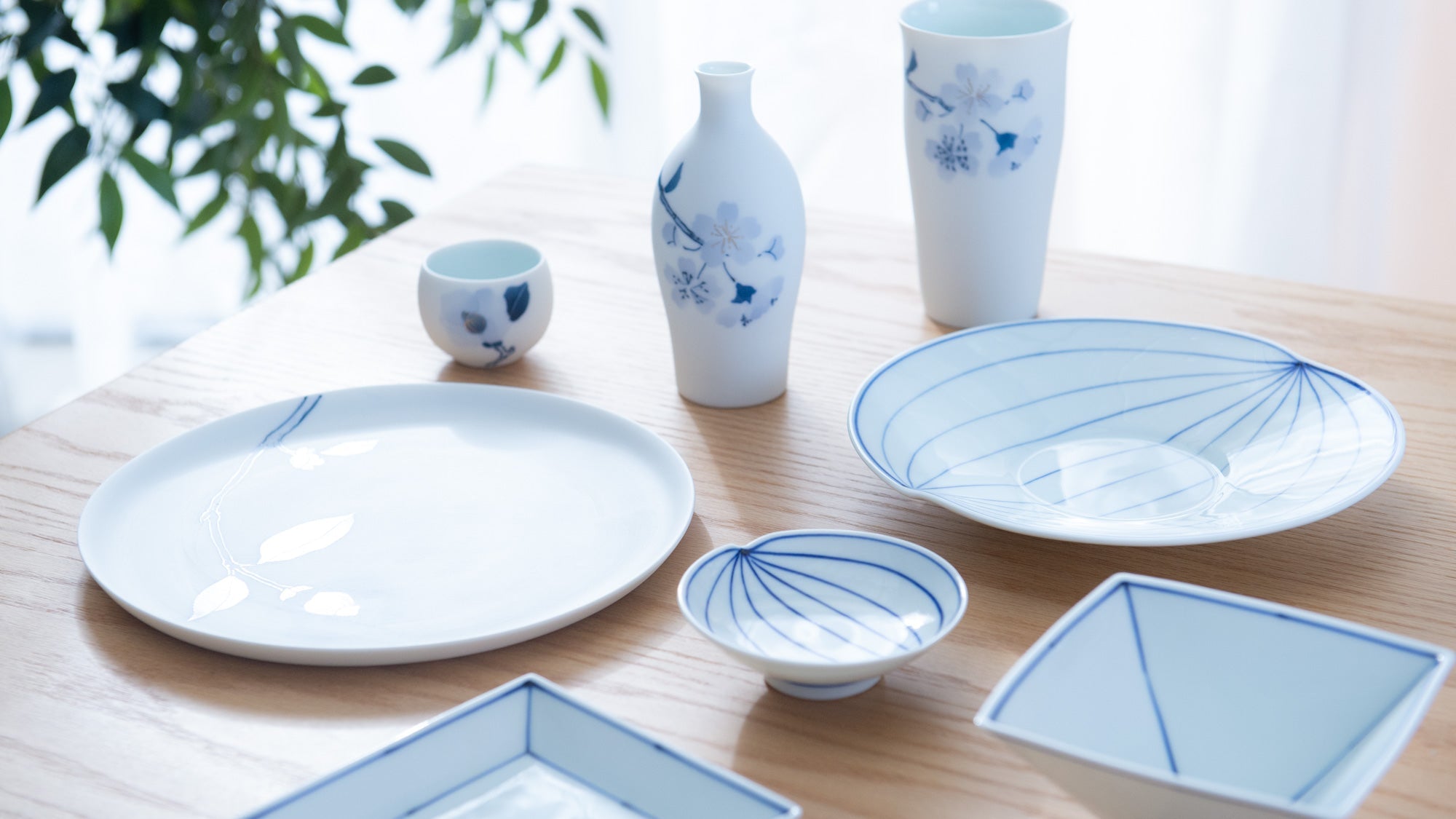
Choose options
















Estimated Shipping Widget will be displayed here!
Kobachi Small Bowls
Kobachi, literally “small bowls” in Japanese, are designed for serving appetizers and side dishes. Deeper than a small plate but smaller than a main course or ramen bowl, kobachi are just the right size for light stews and simmered vegetables. Incorporating one or several kobachi bowls into a table setting and arranging dishes of different sizes and colors lends your meal an authentic Japanese atmosphere.
This category includes bowls with diameters under 12.9 cm (5.1 in).
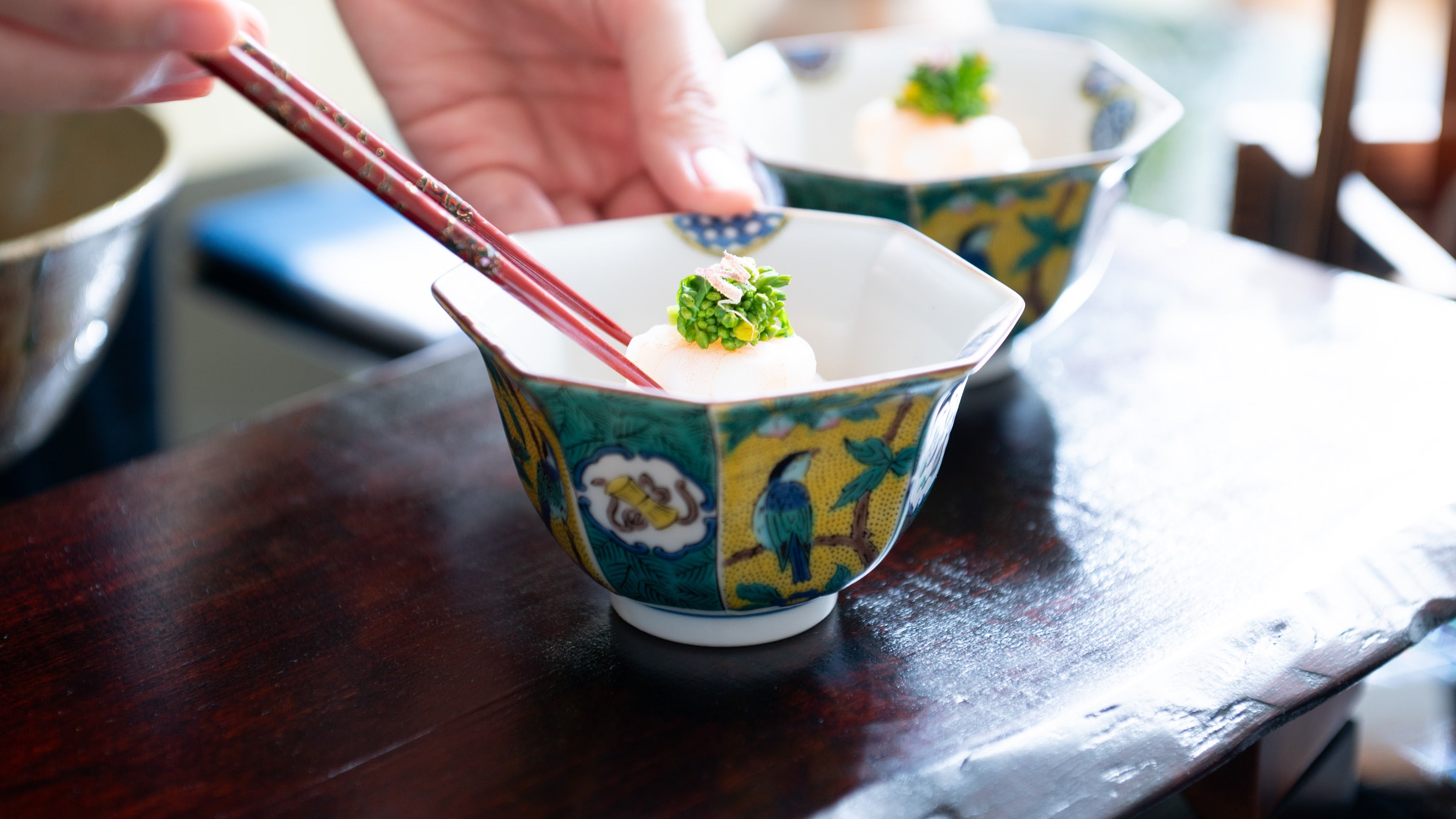
Sometsuke
Sometsuke is a decorative Japanese pottery technique also known as blue and white ceramics. This classic style is cherished around the world for its elegance. We offer a wide range of blue and white plates, bowls, drinkware, and more.
Sometsuke's visually appealing cobalt blue and white porcelain color scheme showcases the beauty of food and is easy to pair with a diverse variety of tableware. Its fine, smooth finish and lightweight feel further enhance the user experience.
